Web design for beginners: a simple (but complete) guide
Did you know that there are over 4.6 billion active internet users worldwide? That’s a staggering number, and it highlights the immense potential of web design in reaching and engaging audiences. If you’re a beginner dipping your toes into the world of web development, starting with web design can feel overwhelming. But fear not – this guide is here to provide you with a simple and complete overview of web design basics.
Key Takeaways:
- Choose a basic project for your first site design to avoid getting overwhelmed.
- Find inspiration from other designers by creating an inspiration document or exploring curated collections.
- Research different types of design disciplines to enhance your creative senses.
- Have content ready before you start designing to create a layout that accommodates the content.
- Keep your design simple and intuitive for a user-friendly browsing experience.
Choose something basic for your first site design
When I started my journey in web design as a beginner, I quickly realized the importance of choosing a project that was simple and manageable. It’s crucial to start with a project that allows you to learn the basics of web design without feeling overwhelmed. One of the best ways to do this is by choosing to design a blog or a showcase for your creative pursuits.
Designing a blog not only helps you practice your web design skills, but it also allows you to experiment with different layouts, typography, and color schemes. Plus, blogs typically have straightforward navigation and content organization, making it easier for you to learn the ropes.
Creating a showcase for your creative pursuits, such as a portfolio website, is another beginner-friendly option. By showcasing your own work, you’ll have complete creative control and the opportunity to test various design techniques. It’s an excellent way to explore your own style and build a professional web presence.
Another valuable learning tool for beginners is using templates. Templates provide ready-made designs that you can customize and modify according to your preferences. They are a fantastic resource for understanding how HTML, CSS, and JavaScript elements work together to create a visually appealing and functional website. Starting with a template gives you a solid foundation to begin your web design journey.
Find inspiration from other designers
As a beginner in web design, finding inspiration from other designers can greatly enhance your creativity and help you develop your own unique style. I recommend creating an inspiration document where you can collect links to websites that you love or bookmark them for quick reference. By building a curated collection of inspiring designs, you’ll always have a valuable resource to turn to when you feel stuck or need fresh ideas.
There are also popular platforms like Awwwards, Behance, Dribbble, and Webflow showcase where you can explore a vast range of designs and find inspiration for your own projects. These platforms feature curated collections of exceptional designs created by talented designers from around the world.
It’s not limited to web design either. Don’t hesitate to look outside the web for sources of inspiration. Exploring fields like graphic novels or digital kiosks can open up new perspectives and influence your design choices in exciting ways.
So go ahead, immerse yourself in the work of fellow designers, both online and offline, and let it ignite your creative spark!
| Platform | Description |
|---|---|
| Awwwards | A platform that recognizes and awards cutting-edge design, showcasing innovative and creative websites from around the world. |
| Behance | An online community where designers can showcase their work and gain inspiration from other creatives across various disciplines. |
| Dribbble | A community of designers, illustrators, and developers who share their work, process, and insights, providing a wealth of inspiration. |
| Webflow showcase | A gallery of websites built with Webflow, offering a glimpse into the capabilities of the platform and inspiring designs created by its community. |
Research different types of design
As a newbie in the world of web design, it’s essential to explore and research different types of design disciplines. This knowledge will not only enhance your creative senses but also provide valuable insights that can inform your web design process.
One platform that offers a wealth of examples is Abduzeedo. Here, you can find design work showcased across various fields, including product design, illustration, branding, and more. By immersing yourself in diverse types of design, you can discover fresh perspectives and inspiration that can help you develop a well-rounded approach to web design.
Being open to different styles and actively seeking inspiration outside your comfort zone can lead to innovative design solutions. Explore graphic design novels or observe design elements in everyday life, such as digital kiosks or brochures. Embrace this research phase as an opportunity to expand your design horizons and discover your unique style.
Remember, web design is an ever-evolving field, and staying curious and adaptable is key to becoming a skilled designer. With a broad knowledge of different design disciplines, you can push the boundaries of your creativity and continue to grow as a web designer.
Next, we’ll discuss the importance of having content ready before you start designing your website. But first, let’s take a moment to visualize some inspiring design examples:

Have content ready before you start
Before embarking on your web design journey, it’s crucial to have your content ready. While it doesn’t need to be perfect, having a rough draft or ideas for the content that will go live on your website can greatly assist you in designing with purpose. Taking a content-first approach allows you to create a layout that accommodates your content and provides a better representation of how the website will look and function.
For beginners in web design, this step is particularly important because it helps you understand how the design elements should complement and enhance the content. It’s advisable to have a clear understanding of the type of content you want to showcase on your website, whether it’s informative articles, product descriptions, or captivating visuals.
For example, if you’re creating a blog, it’s a good idea to have a few posts ready to test and validate how they integrate into your chosen content management system (CMS). This testing phase will allow you to make any necessary adjustments to the design and layout, ensuring a seamless user experience.

Having your content ready before you start the design process not only saves time but also helps you organize your thoughts and visualize how the website will come together. When you have a clear idea of the content you’re working with, you can make informed decisions about typography, color schemes, and overall layout that align with the purpose and tone of your website.
Benefits of having content ready:
- Ensures a purposeful design by aligning the visual elements with the content
- Allows for better planning and organization of the website layout
- Helps identify any gaps or missing content that need to be addressed
- Enables effective testing and validation of the website’s functionality
- Streamlines the web design process by providing a clear roadmap
| Key Points | Benefits |
|---|---|
| Having content ready before starting the design | Ensures alignement of visual elements with content |
| Enables better planning and organization | Facilitates a seamless user experience |
| Identifying gaps or missing content | Enhances the overall quality of the website |
| Facilitates testing and validation | Ensures the website’s functionality |
| Streamlining the web design process | Results in time and effort savings |
Keep your design simple and intuitive
When it comes to website design, simplicity and intuitiveness are the keys to creating a user-friendly experience. By keeping your design approach simple and orderly, you can guide users through your site with ease. Incorporating user experience (UX) principles into your design process will help you create a website that meets your audience’s needs and offers a seamless browsing experience.
To achieve simplicity and intuitiveness in your design, consider the following:
- Communicate concepts logically: Ensure that your design elements and content are organized in a way that makes sense to users. Use clear headings, intuitive navigation menus, and meaningful labels to guide users through your site.
- Meet your audience’s needs: Understand your target audience and design with their specific needs in mind. Consider their preferences, goals, and limitations to create a design that caters to their requirements.
By prioritizing simplicity and intuitiveness, you can create a website that is both user-friendly and visually appealing. Your design should be clean, organized, and easy to navigate, offering visitors a seamless browsing experience. Remember, web design basics are all about creating a positive user experience, so don’t overlook the importance of keeping things simple and intuitive.
| Benefits of Simple and Intuitive Design | Steps to Achieve Simple and Intuitive Design |
|---|---|
|
|
Understand user experience (UX) basics
When it comes to web design for beginners, understanding user experience (UX) is essential. UX focuses on designing a website that caters to the needs of its users. It considers factors like color scheme, content, typography, layout, and imagery, all of which contribute to the overall user experience.
By grasping the basics of UX, you can create a design that is simple and intuitive. This involves communicating concepts logically and ensuring your design meets the needs of your target audience. A user-friendly website that provides a positive browsing experience is key to engaging your visitors.
One aspect of UX is the layout of your website. A well-structured layout makes it easy for users to navigate and find the information they’re looking for. Consider using clear headings, organizing content into sections, and providing relevant links to create a seamless browsing experience.
Another important factor is the visual appeal of your design. Colors, typography, and imagery play a significant role in creating a visually appealing website that captures the attention of your visitors. Choose colors that complement your brand and evoke the desired emotions. Select appropriate fonts that are easy to read and align with your brand identity. Incorporate relevant images and graphics to enhance the overall aesthetic.
Responsive design is also a crucial aspect of UX. With the increasing use of mobile devices, it’s essential to ensure that your website looks and functions well on different screen sizes. Test your design on various devices to ensure a consistent and enjoyable user experience across platforms.
To summarize, understanding UX basics is vital for beginner-friendly web design. By focusing on simplicity, intuitiveness, logical communication, and meeting the needs of your audience, you can create a visually appealing and user-friendly website that keeps visitors engaged.
Understand user interface (UI) basics
When it comes to web design for beginners, understanding the basics of user interface (UI) design is crucial. UI design focuses on the specific visual elements and interactive features of a website, ensuring that users can easily navigate and interact with it.
One of the key principles of UI design is making functionality obvious. By using intuitive icons, clear labels, and prominent buttons, you can guide users and make it easy for them to understand how to interact with your website.
Uniformity in usability is another important aspect of UI design. It’s essential to maintain consistency in the placement of elements, such as navigation menus and search bars, across different pages of your website. This way, users will always know where to look for specific functionalities, enhancing their overall browsing experience.
Lastly, every design choice you make should have a clear purpose. Whether it’s selecting a specific color scheme or deciding on the placement of elements, each decision should be intentional and align with the goals of your website and the needs of your target audience.
FAQ
What should I choose for my first web design project?
How can I find inspiration for my web designs?
Why should I research different types of design?
Should I have content ready before I start designing my website?
How can I keep my web design simple and intuitive?
What is user experience (UX) design?
What is user interface (UI) design?
- SEO for Entry Door Services - April 24, 2025
- Boosting Property Value: Why Halifax Windows and Doors Are a Smart Investment - April 24, 2025
- The Business Cost of Injury: Why Personal Injury Law Matters in a Financial World - April 16, 2025
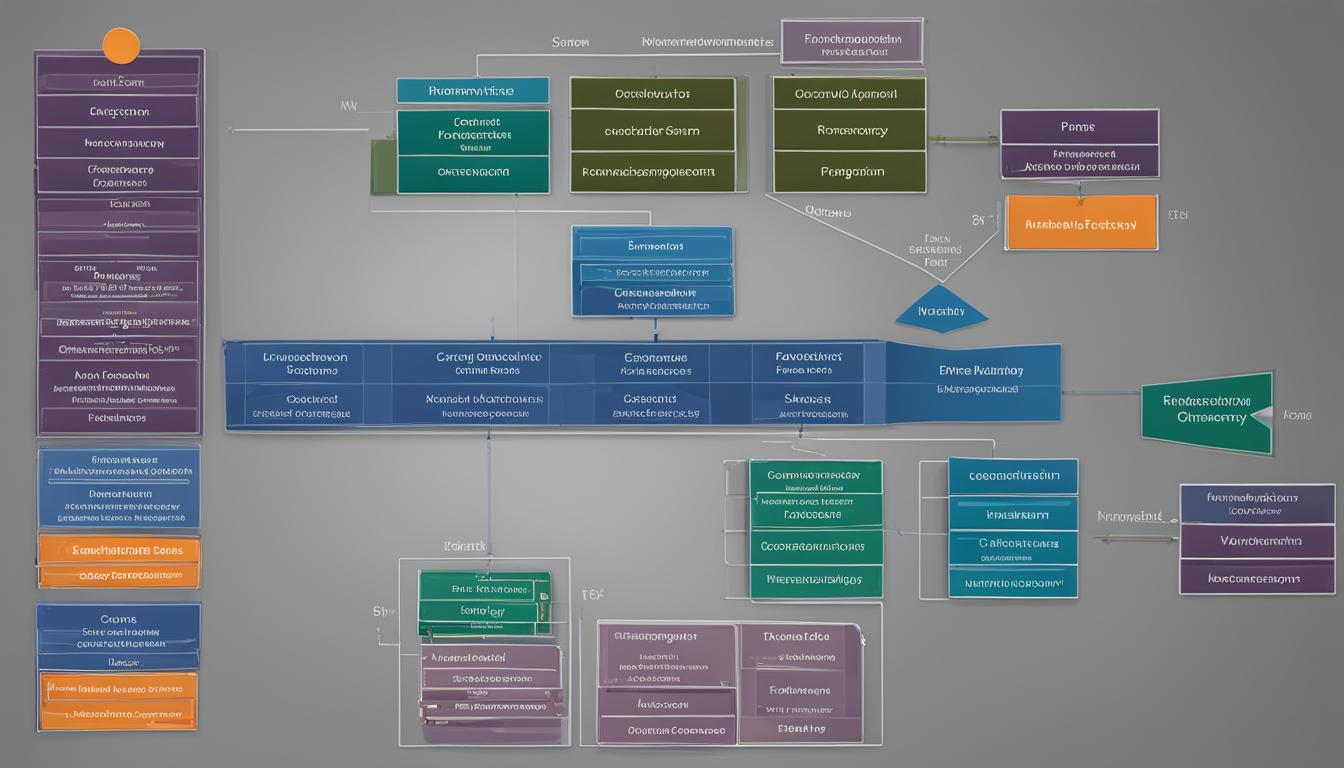



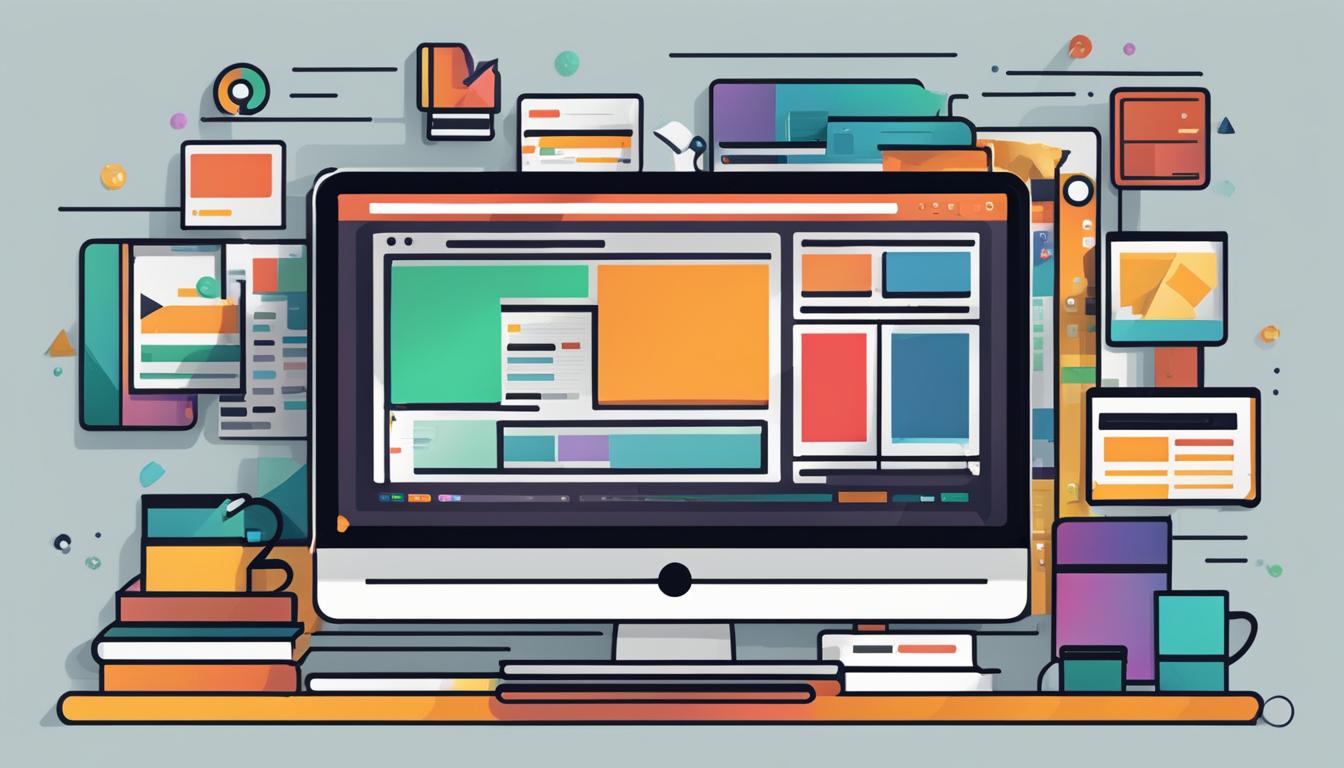
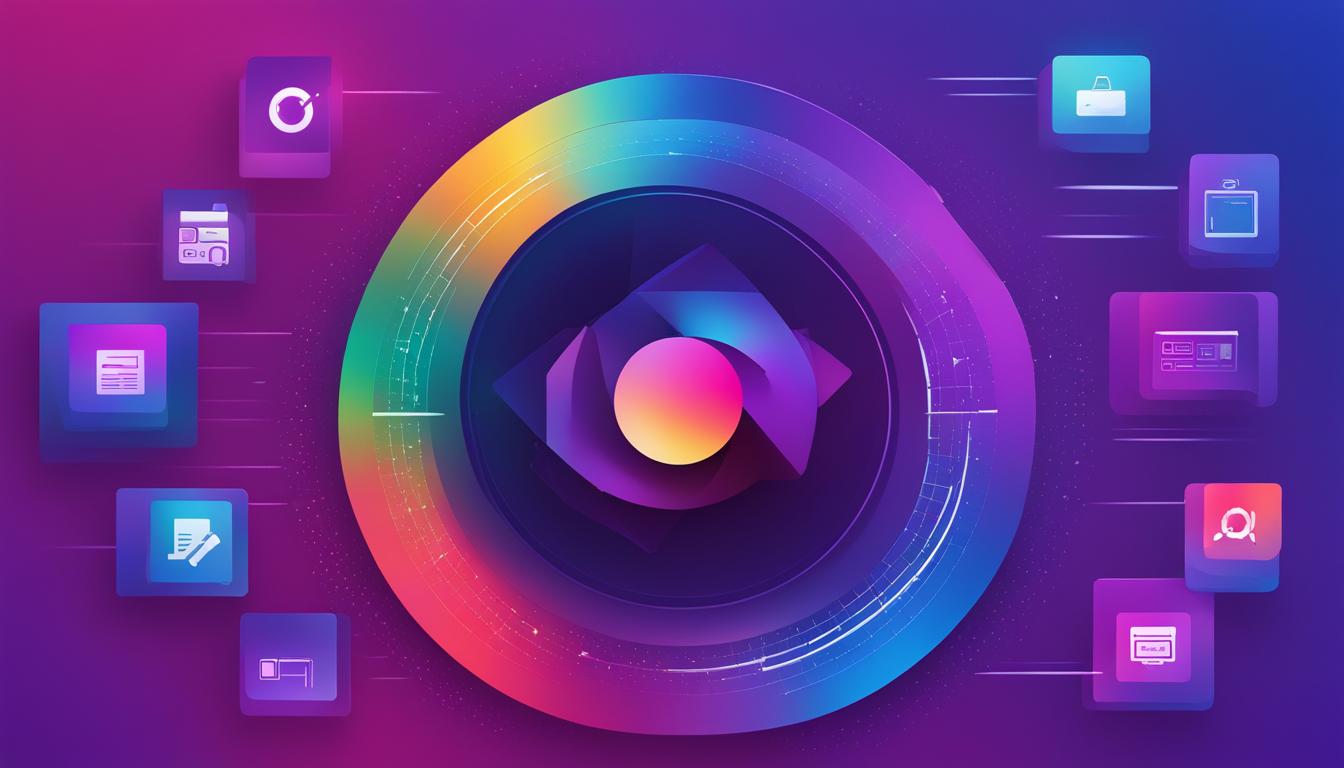

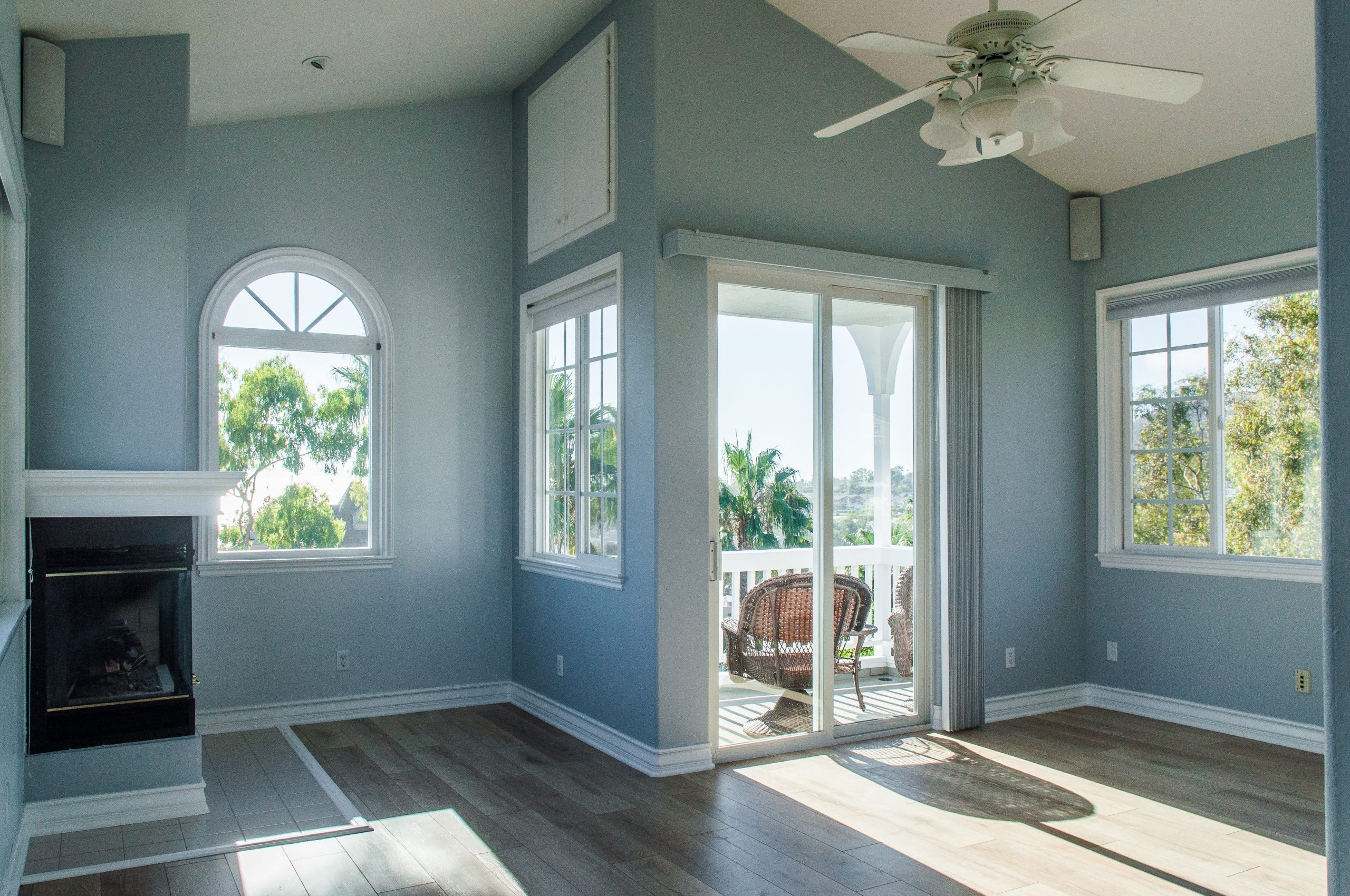












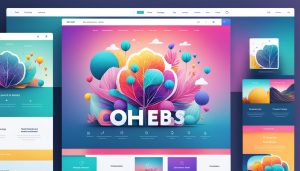
Post Comment
You must be logged in to post a comment.